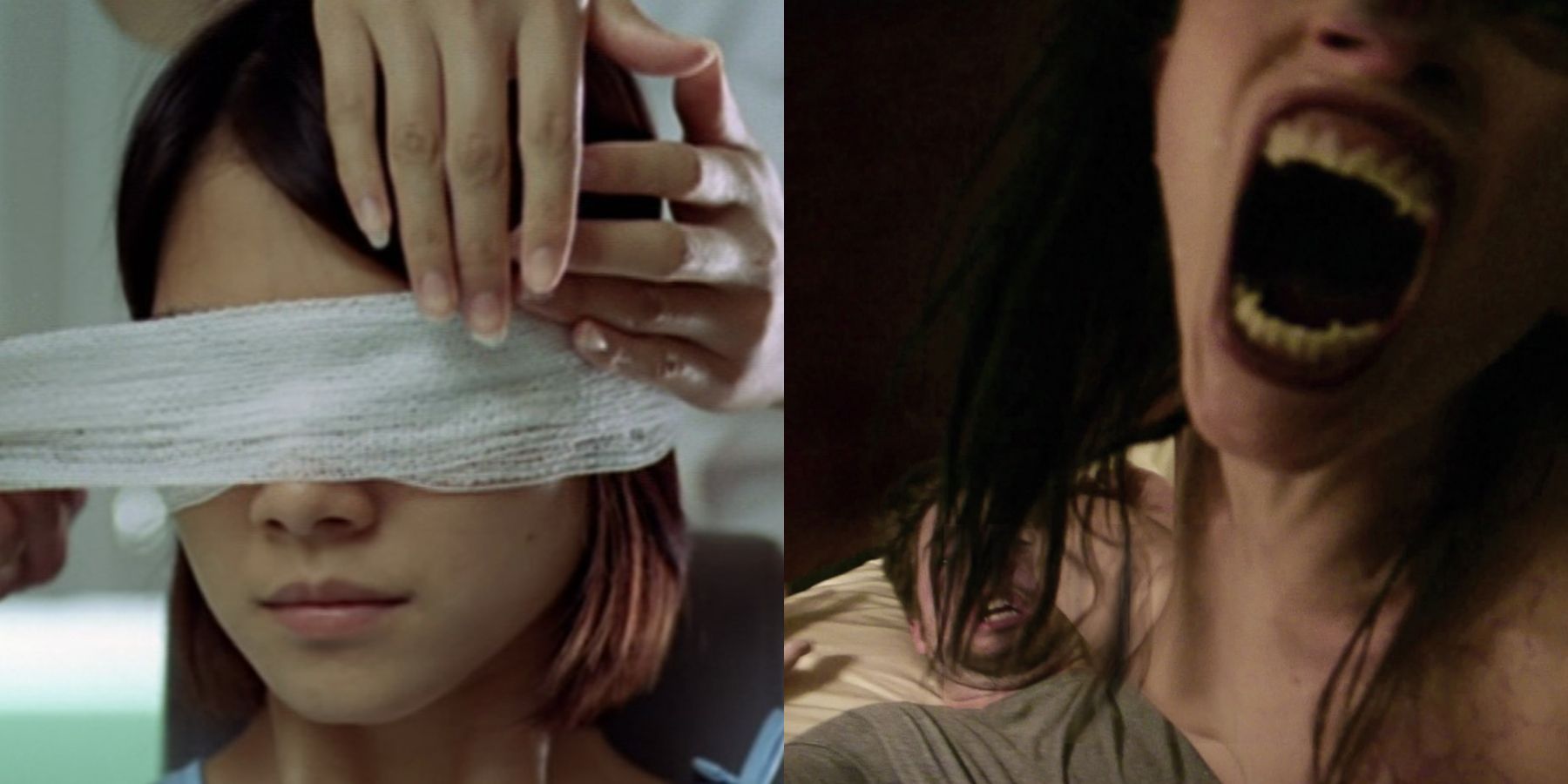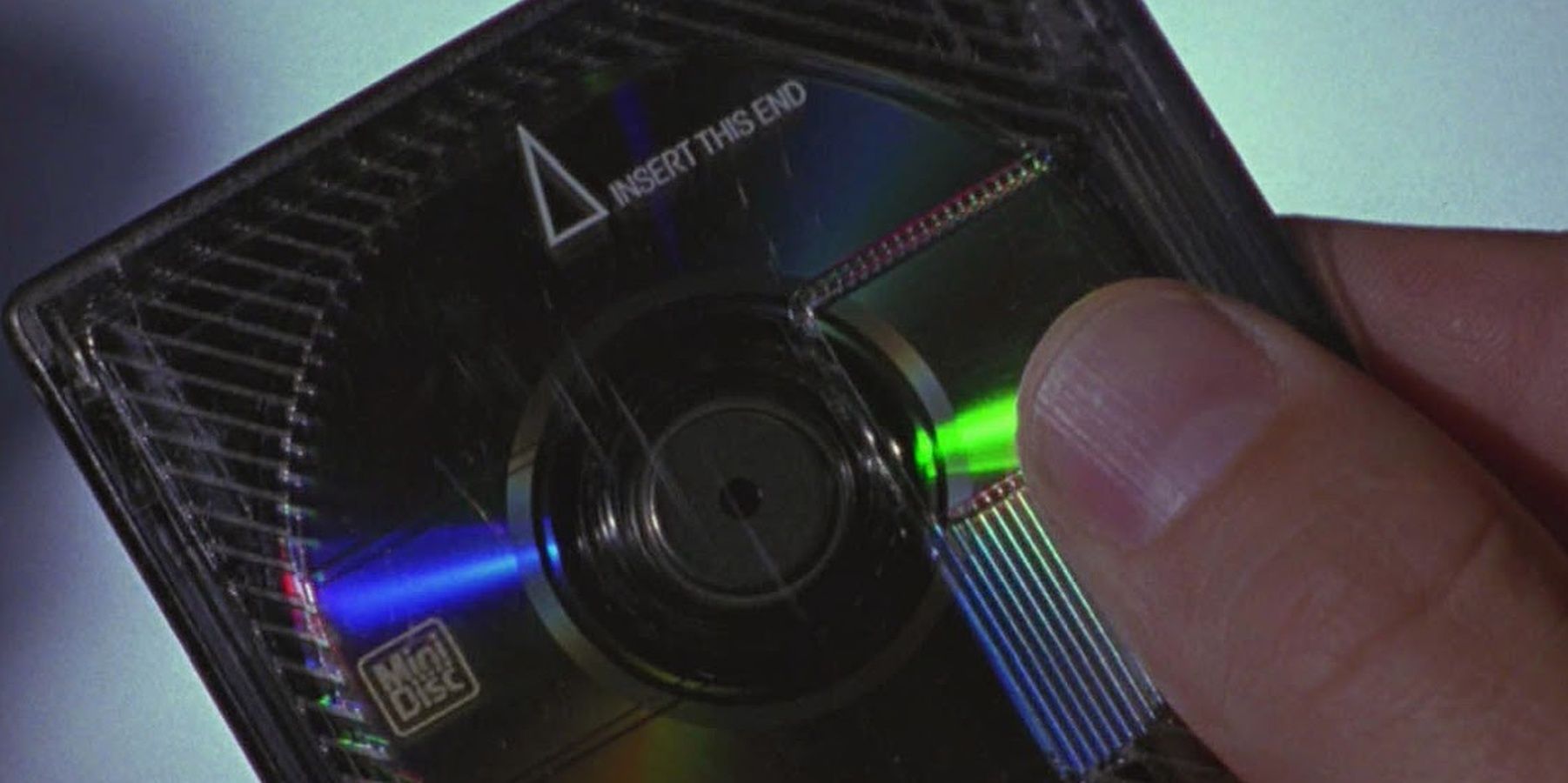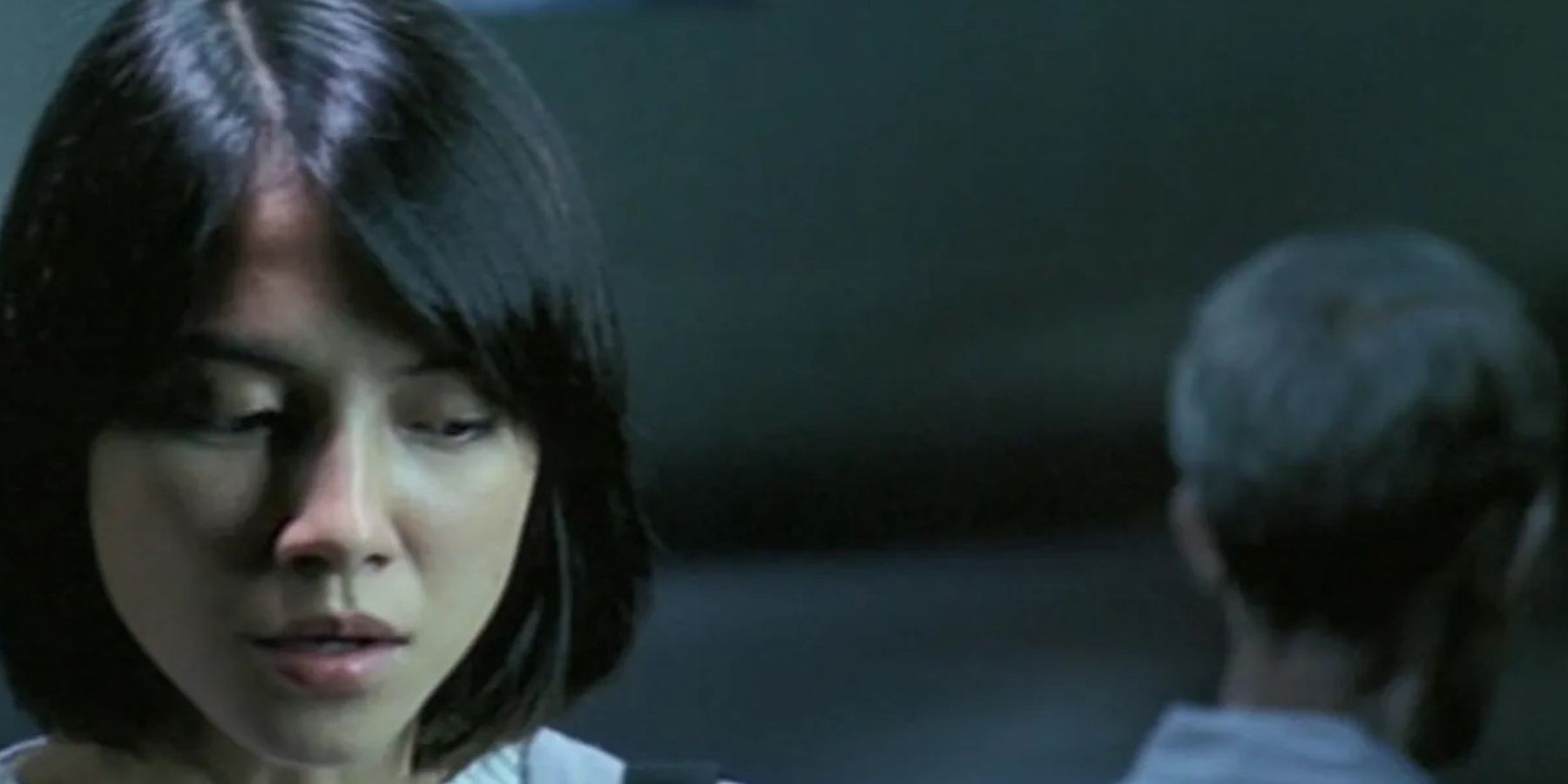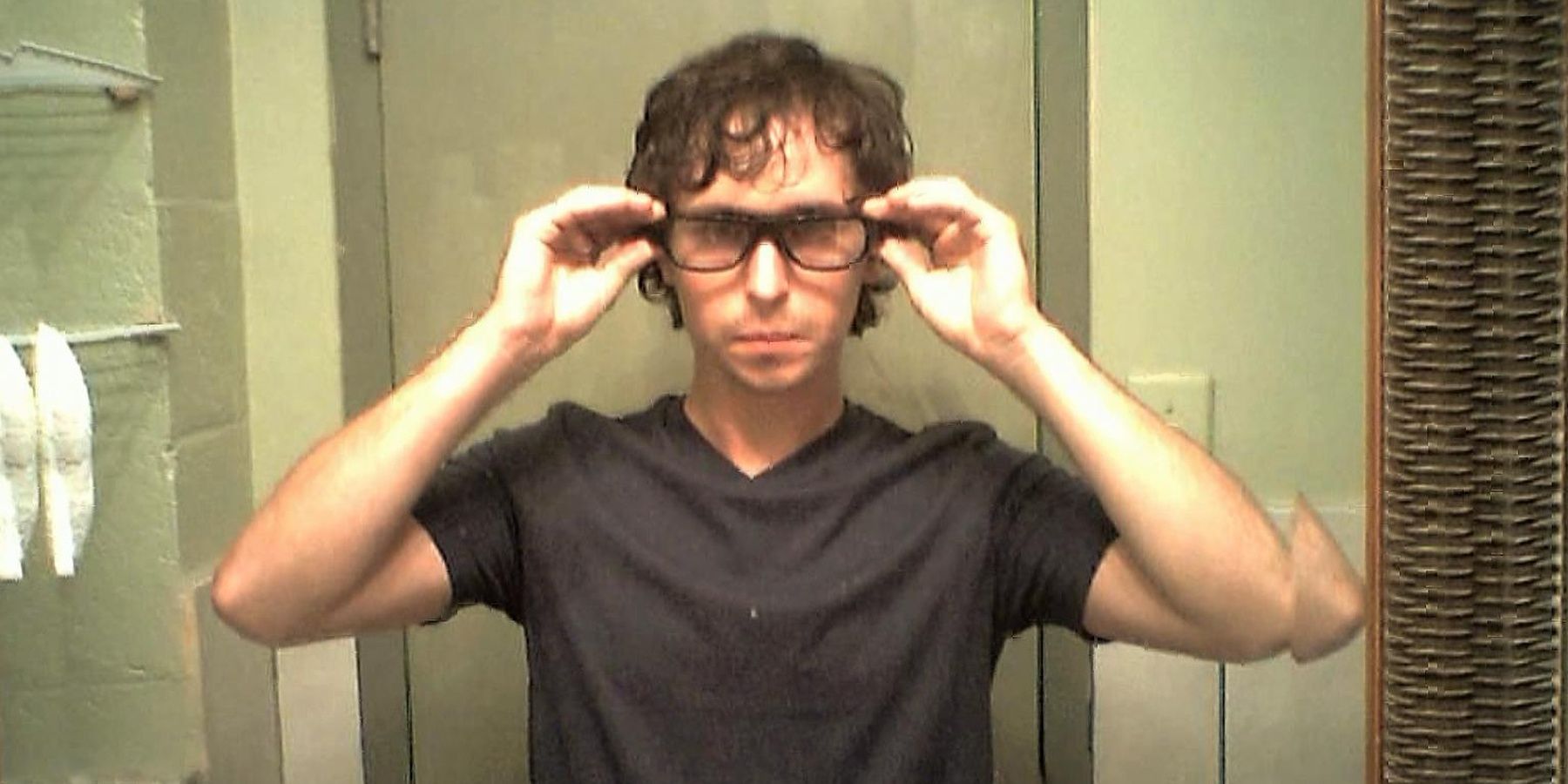Looking at any form of media, whether it's film, literature, video games, or even art, it is often possible to spot tropes. Whether a consumer understands exactly what tropes are, they are recognizing them regardless. A trope is a commonly used theme, plot point, or character type used across media of any kind. In essence, a trope is a storytelling device.
There are many trope types apparent in media. In the case of the horror genre, some easily recognizable tropes seem to have been around since the horror movie was invented. The "Final Girl", "Bedsheet Ghosts," and "Creepy Dolls" are all recognizable aspects that show up across multiple horror movies. In this article, let's dive into another commonly used but often overlooked trope "Another Man's Terror."
The "Another Man's Terror" trope refers to a character experiencing what a dead character has gone through, usually by mystical or advanced technological means. "Another Man's Terror" also often intersects with other tropes such as psychic visions or prophetic dreams, both of which are common in horror.
Not only a popular plot device in horror, the trope often pops up in sci-fi films, often with the protagonist experiencing the victims' perspective through technology. In the 1983 film Brainstorm, researchers discover a way to record and relive people's experiences through their eyes, which leads to danger and horror. In 1995's Strange Days, a former cop turned black market experience dealer becomes entangled in a dangerous conspiracy after stumbling on and experiencing the record of a woman's brutal rape and murder.
While sci-fi movies tend to rely on technology and science to create the trope, when it comes to the horror genre, the reasoning is often more supernatural. Everything from ghosts, demons, and psychic visions can lead to the protagonist experiencing the terror of a previous victim or long-dead restless spirit. Whether it's for vengeance, to find a killer, or just purely for the sake of evil, seeing things through the victim's eyes is designed to be a frightening, visceral experience. It may feed into a supernatural mystery, or one more close to home.
One of the most famous examples of "Another Man's Terror" in the horror genre is the 2002 Hong Kong/Singaporean film The Eye. Written and directed by the Pang Brothers, The Eye tells the story of classical violinist Wong Kar Mun, who has been blind since the age of five. Now twenty, she receives a corneal transplant which restores her sight. As happy as she is to see again, she almost immediately begins to experience strange visions and ghostly visitations.
As she becomes more disturbed by her visions, Wong Kar Mun also begins to experience events through someone else's eyes. Desperate for answers, she discovers who her cornea donor was, and her unsettling reputation and abilities in her home village. The girl, Ling, was seen as a curse. When the others ignored her warnings of an imminent catastrophe and died, Ling's guilt led to her suicide. The Eye uses the trope as a means of imparting not only scares, but morality messages. Along with the horrible ghostly visions and disasters that Wong Kar Mun experiences through the eyes of Ling, the film also serves up messages about forgiveness, judgment, and being careful what you wish for.
More recently, this trope can be seen in the found footage genre. Utilizing the found footage style to put the viewer in the shoes of a character is an effective, immersive way to create fear. A standout use of this technique is the segment Amateur Night from the first movie in the V/H/S series from 2012. Directed by David Bruckner (Hellraiser 2022, The Night House) the segment is filmed using wearable camera glasses so that the viewer is placed in the role of the protagonist as the story unfolds.
The setup for the segment is that a group of obnoxious frat boys are out to pick up drunk girls and sleep with them all while surreptitiously filming them through a pair of hidden camera glasses to create a porn film with their unconsenting subjects. Shane, Patrick, and Clint manage to pick up two women, the extremely drunk Lisa and a strange, shy girl called Lily who is seemingly interested in Clint.
The viewer takes on the role of Clint during the segment, as he is the character donning the glasses. From the beginningm the three main protagonists are unlikeable. This makes the resulting journey all the more enjoyable. After the men get the girls back to their room, Lisa falls asleep, but Lily seems receptive to sex with two out of the three men. She has a great dislike of Patrick which is clear when she bites him. She then grows fangs, kills Shane, and attacks Patrick, ripping his genitals off and drinking his blood.
The fear is visceral, the scene is frantic as it unfolds through the literal lens of Clint's POV. The men scramble, blood sprays, and satisfying consequences are dealt to the predatory trio by a monster that represents feminine rage. The segment was so popular that it eventually became a full-length feature titled SiREN that unfortunately didn't capture the visceral feel of the original short.
With the renewed interest in found footage horror and horror movies, in general, making big waves at the box office despite the downward trends, the "Another Man's Terror" trope isn't going to be going anywhere. Most likely, it will be utilized in a more realistic way as wearable tech evolves allowing for a more organic and lifelike character POV in the future. In fact, with the advent of VR, it's only a matter of time before viewers can become a character in a movie and experience it for themselves.




